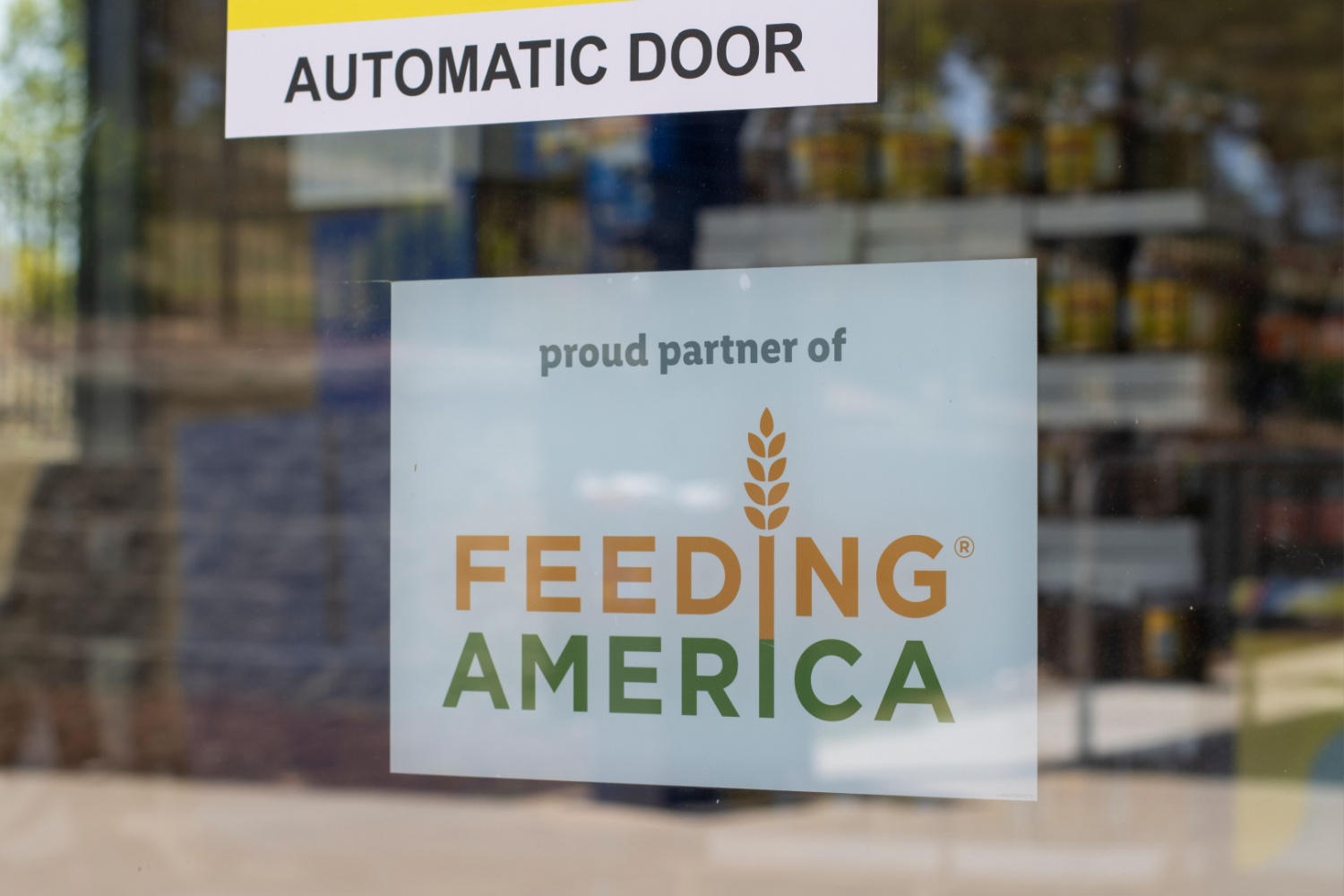You may be surprised at how much food insecurity there is in the U.S., even in rural America. Ami McReynolds of Feeding America said the group was serving millions of food-insecure people prior to the government shutdown.
“We believe over 50 million people were accessing the charitable feeding system, and food banks were doing all they can, but the demand has continued to increase. I just learned that at the end of October—so a year ago—food banks were purchasing more than 325% more food through a purchase program that we have through Feeding America than they did a year earlier. So that should give you some sense of what the demand has been and what it continues to be.”
High inflation is still impacting the food insecure and Feeding America.
“We know that many of the families who are coming to the charitable feeding system or are SNAP recipients are often making impossible choices already between food and housing or food and health care. And so being able to make those choices—to turn to the charitable feeding system, to turn to food banks—has been a critical lifeline for families.”
SNAP participants are adding an incredible burden to an already overloaded system.
“So, for every meal that the Feeding America network provides, SNAP provides nine. So that gives you a sense of the gap that already exists. Food banks and their community partners are doing all they can, but demand has surged beyond capacity. Some food banks are facing the heartbreaking reality of having to turn people away.”
SNAP supports individuals and communities where they live.
“You know, SNAP doesn’t just feed families. It really helps sustain local economies, particularly in rural communities. SNAP makes up about 60% of income sales that serve low-income and rural communities. So, it is a vital lifeline not only for the neighbors who need SNAP but for the local community as a whole.”
A SNAP funding shortfall would impact individuals during the holidays.
“Even if benefits are made available and the shutdown comes to an end later this week or early next week, there’s still going to be a recovery period, and that is going to impact many families during the holidays. And so, we’re continuing to think about how this need still exists and how we support communities in being able to get access to food so that they, too, can have meals with their families during the holidays.”
Food-insecure individuals are encouraged to visit feedingamerica.com and click on the “need help” tab for help resources.
The NAFB Hunger Program is still underway. Individuals may visit NAFBHunger.com and donate. Their contribution is connected to their debit or credit card. The funds will be sent to the closest Feeding America food bank.


